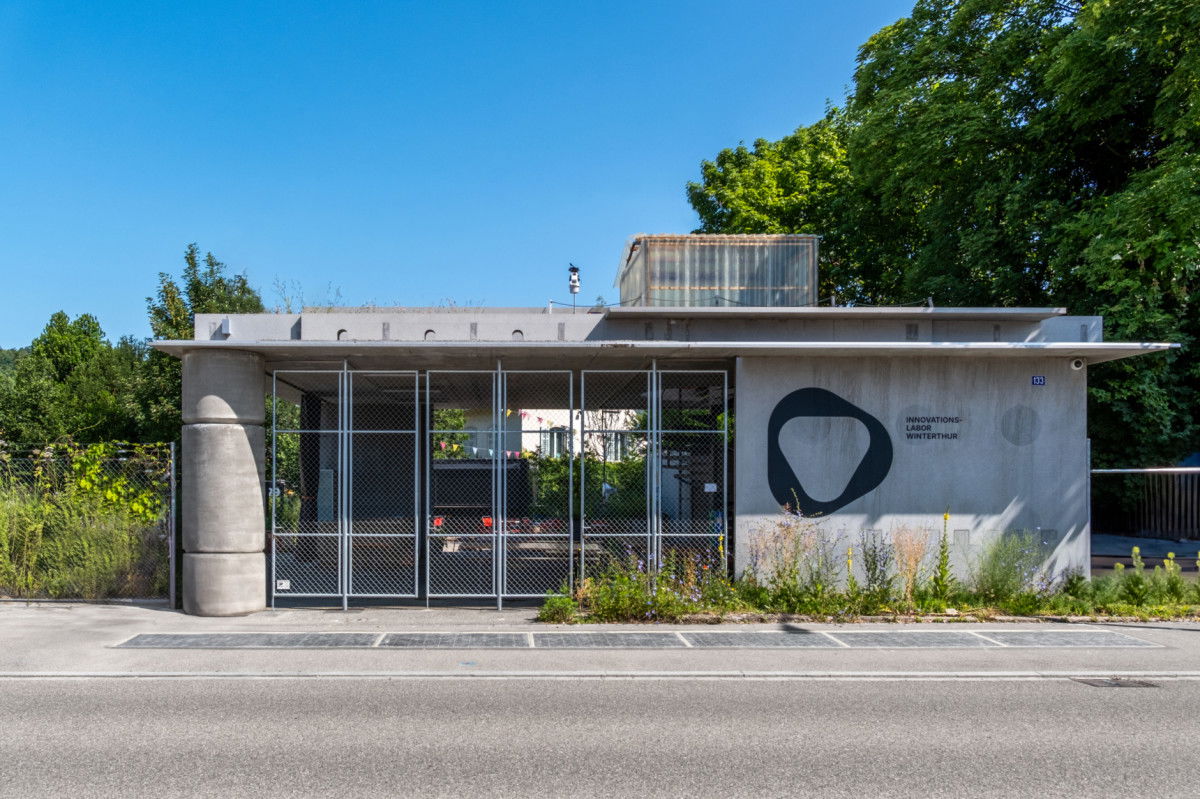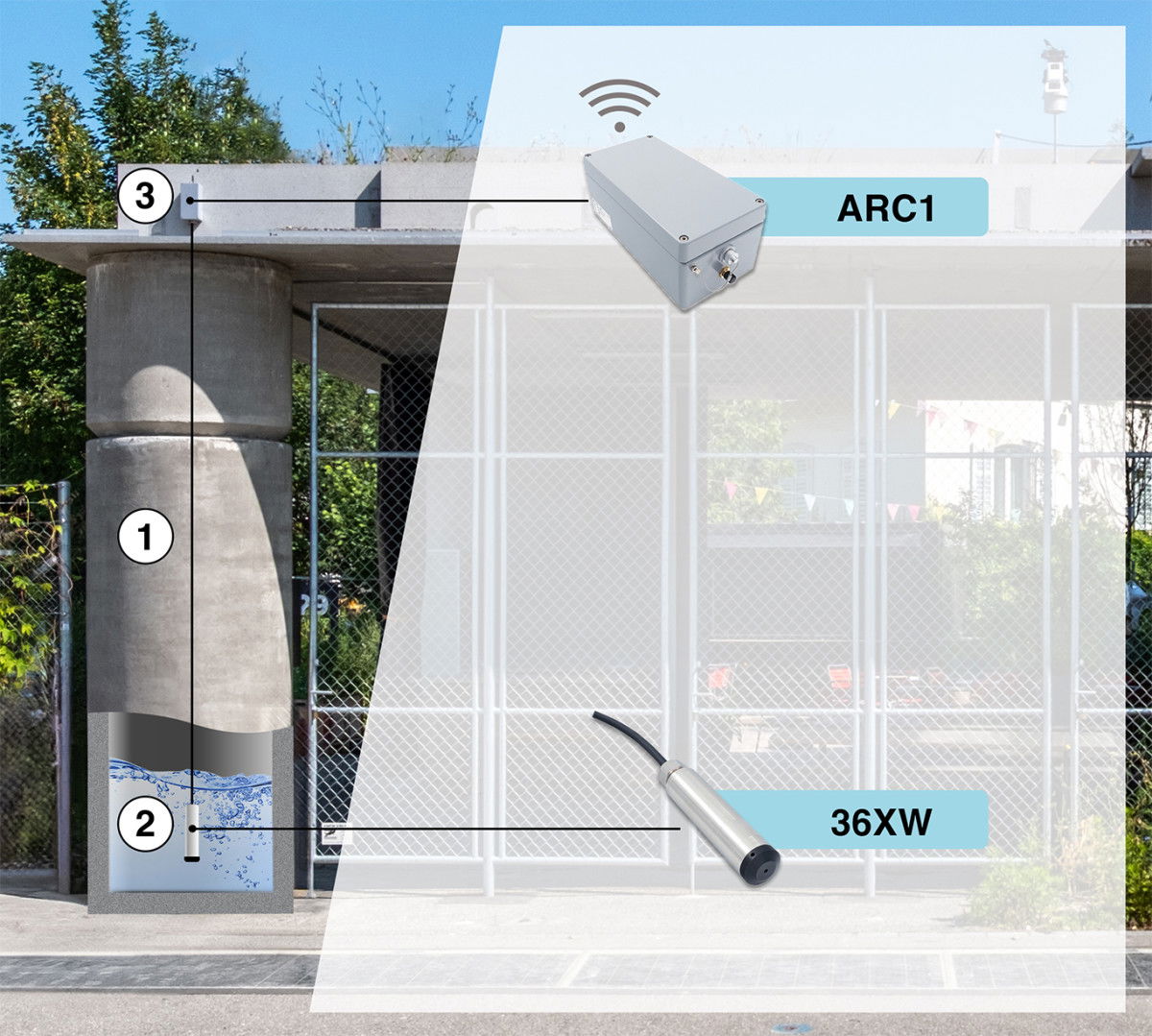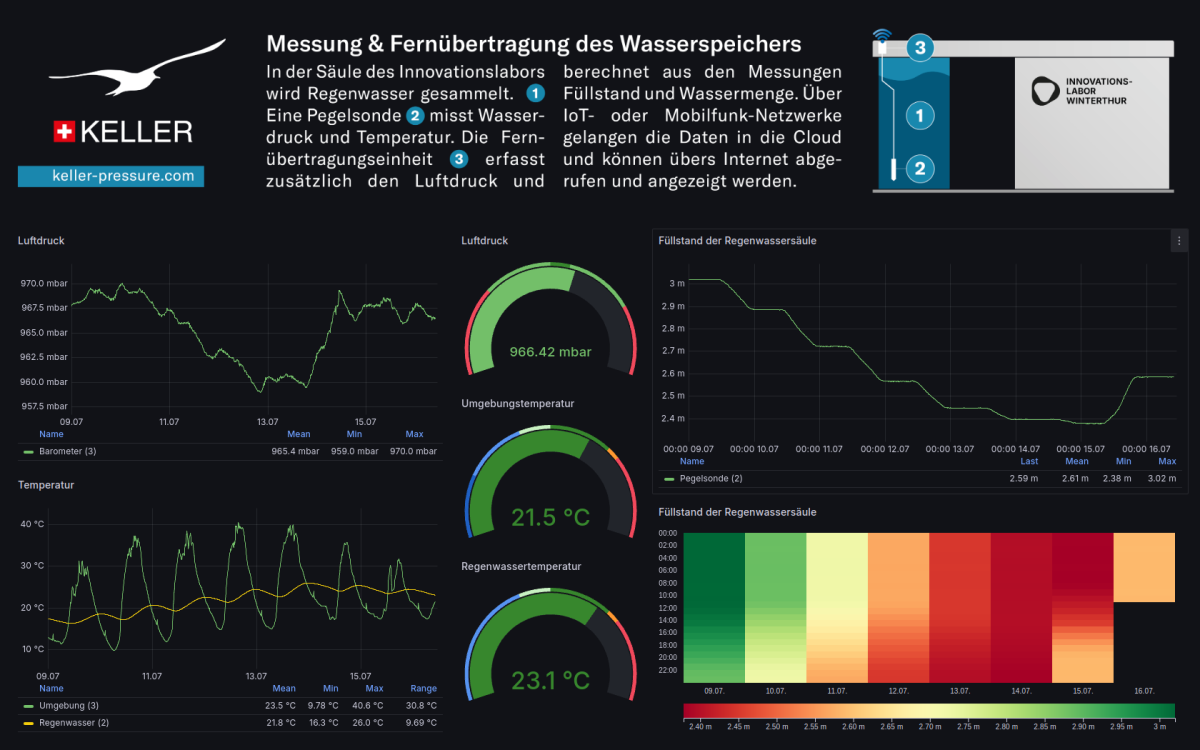スポンジシティでの雨水計測

KELLER Pressure本社からわずか数メートルの場所に、2024年5月、ヴィンタートゥールのグリュツェ駅に「イノベーションラボ」がオープンしました。このビジターセンターは、都市開発や気候変動、都市の高密度化について議論を交わす場として活用されています。ここでは「スポンジシティ」という都市開発の新しい概念も体験できます。KELLER Pressure社のセンサを搭載した雨量観測ステーションが、降水量を継続的に計測・記録しています。
スポンジシティとは?
スポンジシティの目的は、雨水を現地で一時的に貯留・浸透させ、直接排水するのではなく自然に近い方法で処理することです。土壌や植物がスポンジのように水を吸収し、後に蒸発によって放出します。この考え方は、舗装された都市部よりもはるかに多くの水を吸収できる、未舗装の自然な地表をモデルとしています。イノベーションラボに設置されたような雨量観測ポイントは、こうした都市設計の効果を長期的に評価するための重要なデータを提供します。
KELLER Pressure社のセンサが活躍
イノベーションラボでは、雨水を貯めた部分(1)の水位を、KELLER Pressure社の水位計36XW(2)を使って高精度に計測しています。36XWは水位だけでなく、水温も同時に測定ができます。収集されたデータは、リモートデータ伝送ユニットARC1(3)を介してクラウドに送信され、スクリーンにライブ表示されます。また、ARC1は気圧や直射日光下での周囲温度も測定し、植物への日射の影響も把握できるようになっています。

レベルプローブと遠隔伝送ユニットによって記録されたデータは、イノベーションラボのスクリーンに表示される。

36XWとARC1のデータの視覚化(2025年7月11日現在)
「スポンジシティ(ドイツ語:Schwammstadt)」プロジェクトの現在のライブデータは、デモログインを用いてPressureSuite Cloudでご覧いただけます。
ログインはこちらから:www.pressuresuite.com
イノベーションラボや使用しているセンサについて、もっと知りたい方は現地へお越しいただくか、こちらから詳細をご覧ください。









